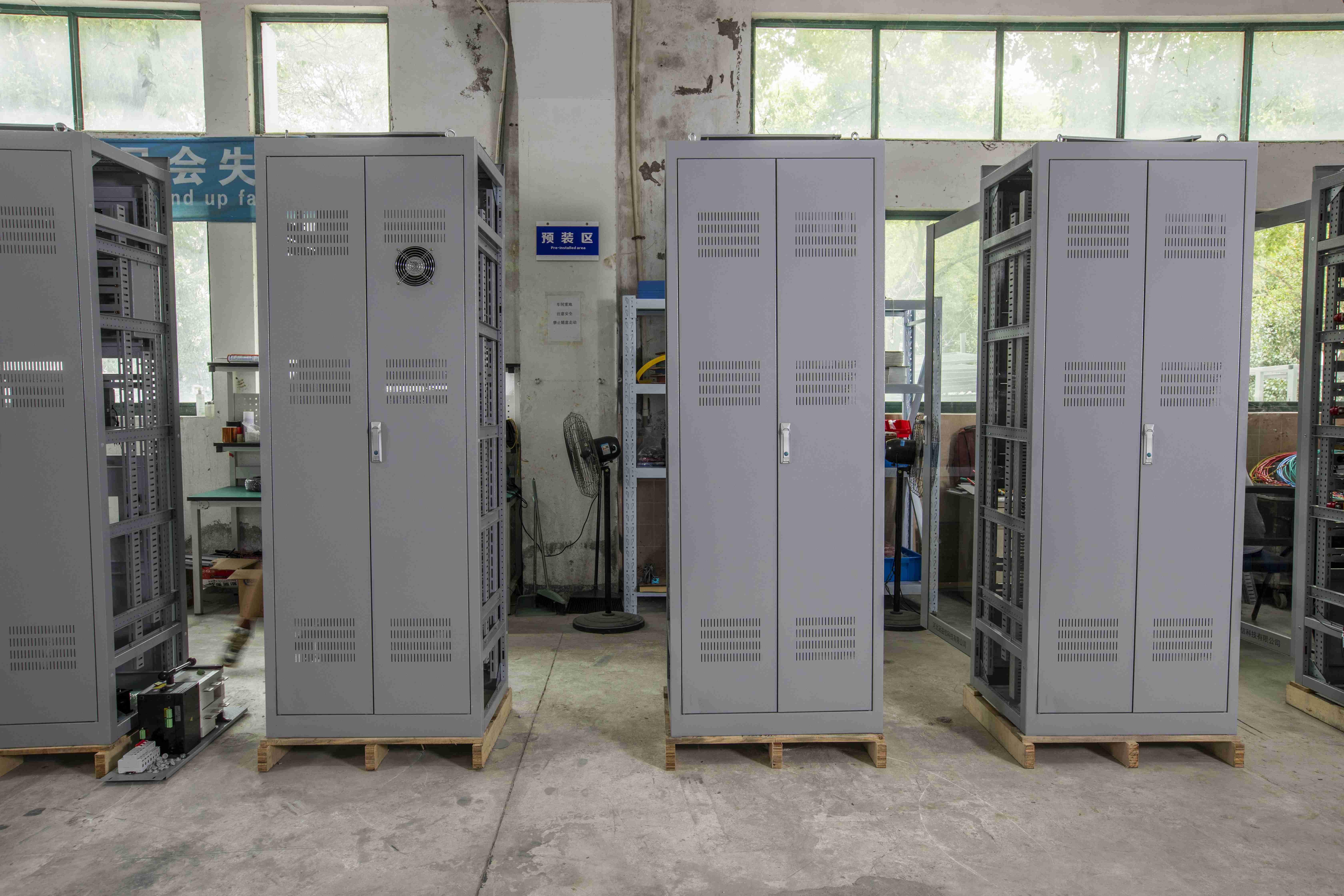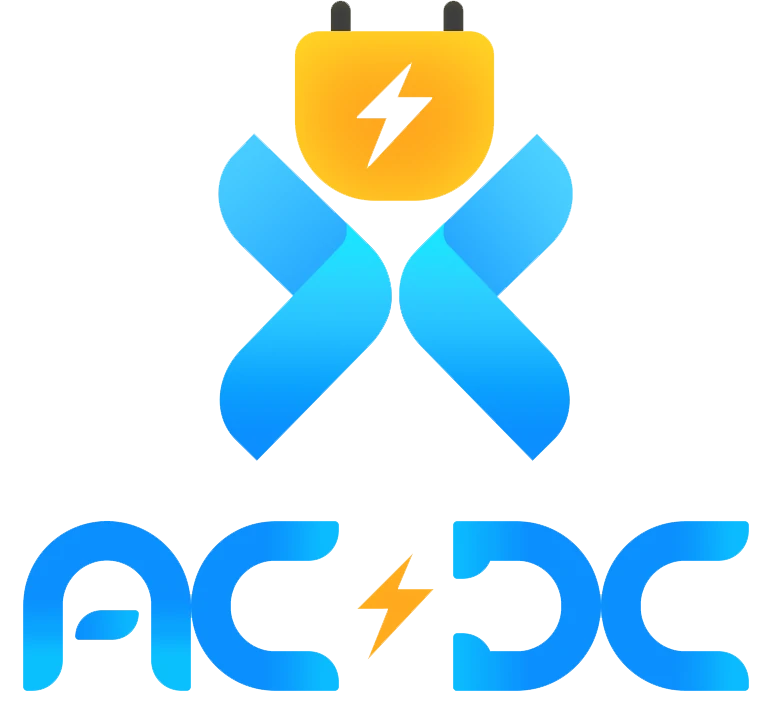
Th7 . 04, 2025 11:24 Back to list
Distributed Renewable Energy Storage Solutions – Reliable, Scalable & Eco-friendly Systems
- Introduction: Market Trends and Impactful Statistics
- Technological Advancements in Distributed Renewable Energy Storage
- Major Distributed Renewable Energy Storage Companies: Strengths and Market Presence
- Product Portfolio Comparison: Understanding Key Offerings
- Customized Solutions: Meeting Industry-Specific Demands
- Application Cases: Real-World Deployments and Performance
- Conclusion: The Future of Distributed Renewable Energy Storage

(distributed renewable energy storage)
Introduction: The Rising Role of Distributed Renewable Energy Storage
The global energy transition is accelerating, pushing utilities, businesses, and communities to prioritize sustainability and grid resilience. As renewable energy sources such as solar and wind proliferate, distributed renewable energy storage
has become a cornerstone in solving intermittency issues and enhancing energy autonomy. According to the International Energy Agency, the worldwide installed battery storage capacity is expected to surge from 17 GW in 2021 to over 585 GW by 2030, representing a compound annual growth rate of nearly 40%.
Growing demand for reliability and decarbonization has led to a rapid expansion of distributed renewable energy storage companies and an evolution in product innovation. Markets in North America, Europe, and Asia-Pacific are especially dynamic, with supportive policies and declining battery costs fueling adoption across residential, commercial, and utility-scale segments. This in-depth exploration examines the technology drivers, vendor landscape, product features, tailored solutions, application stories, and future prospects shaping the sector.
Technological Advancements in Distributed Storage Solutions
Distributed renewable energy storage products have evolved rapidly over the past decade. The latest systems integrate advanced lithium-ion chemistries, robust inverters, and AI-driven energy management software, delivering higher round-trip efficiencies—often exceeding 90%. Next-generation distributed storage units are modular, enabling seamless scalability from single homes to multi-megawatt microgrids.
The integration of distributed energy resources (DERs) into smart grids enables two-way power flows, with batteries balancing supply and demand in real-time. Grid-forming inverters, solid-state batteries, and hybrid solutions combining renewables with storage are unlocking new value streams, such as frequency regulation, demand response, and automated peak shaving. In commercial contexts, innovative products offer up to 15,000 life cycles and warranty periods surpassing 10 years, significantly reducing total cost of ownership.
Major Market Players: Company Strengths and Global Influence
Several distributed renewable energy storage exporters are shaping global adoption, leveraging R&D strength, manufacturing scale, and international partnerships. Key industry leaders and emerging innovators are highlighted in the comparative table below.
| Company | HQ Country | Annual Production (MWh) | Export Markets | Notable Product | Technology Differentiator |
|---|---|---|---|---|---|
| CATL | China | 80,000 | Global | EnerC Plus | High-energy density LiFePO4 cells |
| Tesla Energy | USA | 14,000 | Americas, EMEA, APAC | Powerwall/Powerpack | Integrated inverter & software ecosystem |
| LG Energy Solution | South Korea | 18,000 | Global | RESU Prime | Compact, high-output solutions |
| Sonnen | Germany | 1,100 | Europe, US, Australia | sonnenBatterie | Community virtual power plant platform |
| BYD | China | 15,500 | Global | B-Box Premium | Scalable modular design |
These companies and their distributed renewable energy storage products contribute significantly to worldwide grid modernization, meeting diverse use-case needs—including residential self-consumption, commercial peak management, and utility-scale frequency regulation. Each vendor’s unique strengths are reflected in their technological innovations and market focus.
Product Portfolio Comparison: Understanding Key Offerings
With the growth in demand, the variety of distributed renewable energy storage products has expanded to cover a wide spectrum of capacities, chemistries, and integration levels.
Residential & Small Commercial: Compact all-in-one AC or DC-coupled units (5–15 kWh), user-friendly interfaces, and smart monitoring apps dominate this segment. These systems can be wall-mounted, stackable, and permit seamless backup during outages.
Commercial & Industrial: Modular cabinets or containerized solutions (up to 1 MWh and beyond), advanced battery management, and open communication protocols facilitate easy retrofitting and business integration. Features such as thermal management and fire suppression are prioritized.
Utility & Microgrid: Multi-megawatt-scale systems with grid synchronization, black start capabilities, and virtual power plant aggregation are central. These products enable utilities to maintain grid stability and integrate record levels of renewables.
In selecting a distributed renewable energy storage company, stakeholders evaluate parameters such as cycle life, warranty, safety certifications (UL, IEC), grid compatibility, and aftersales service. The market leaders excel in offering robust, efficient, and flexible storage solutions tailored to local regulatory contexts.
Customized Solutions: Meeting Industry-Specific Demands
As energy storage becomes more widely adopted, demand for tailored solutions is rising across industries with unique requirements. Leading exporters in the distributed renewable energy storage sector provide project-specific engineering, including site assessment, software customization, and hybrid system integration.
For commercial and industrial customers, systems can be configured to support demand charge reduction, on-site solar or wind integration, and microgrid islanding for critical infrastructure. In residential communities, community energy storage models aggregate multiple home batteries into “virtual power plants,” maximizing collective resiliency and economic benefit.
Utilities favor large-scale, modular deployments that can expand in tandem with renewables buildout, while industrial segments, such as mining or manufacturing, seek ruggedized systems optimized for harsh environments. Emerging trends include integration with EV-charging infrastructure and real-time data-driven optimization for dynamic market participation. Customization is now a defining feature in competitive differentiation among distributed renewable energy storage exporters.
Application Cases: Real-World Deployments and Performance
Real-world application cases illustrate both technology maturity and practicality in distributed renewable energy storage.
Example 1 – Residential Microgrid, Germany: A cluster of over 500 sonnenBatterie systems enable solar self-consumption and grid services, reducing electricity bills by 50% and increasing local renewable penetration to 80%.
Example 2 – Commercial Facility, California, USA: Tesla Powerpacks deployed at a data center shave peak demand charges by 35%, offering annual savings of $200,000, while also providing backup during grid outages.
Example 3 – Utility-Scale Deployment, Australia: BYD supplied a 30 MWh containerized solution supporting a hybrid solar-wind farm. The storage balances output, ensures grid stability, and supports renewables integration for over 20,000 homes.
Across these applications, distributed renewable energy storage companies demonstrate extensive experience in project delivery, regulatory compliance, and performance optimization. Real-time monitoring, predictive maintenance, and user-friendly dashboards are increasingly standard features, ensuring transparency and operational confidence.
Conclusion: The Future of Distributed Renewable Energy Storage
Distributed renewable energy storage is fundamental to achieving a cleaner, more resilient, and decentralized energy future. Ongoing innovations—such as breakthroughs in battery chemistries, smart control algorithms, and regulatory support—will further propel the sector’s expansion. As distributed renewable energy storage companies and exporters continue to refine products and adapt to evolving market requirements, the industry stands poised for unprecedented growth and global impact. With investments in both technology and customer-centric solutions, distributed storage systems are well-positioned to drive the next wave of energy transition worldwide.

(distributed renewable energy storage)
FAQS on distributed renewable energy storage
Q: What is distributed renewable energy storage?
A: Distributed renewable energy storage refers to the decentralized placement of energy storage systems, such as batteries, that store energy generated from renewable sources like solar and wind. These systems are typically spread across multiple locations, enhancing grid stability and energy accessibility.Q: What services does a distributed renewable energy storage company offer?
A: A distributed renewable energy storage company provides solutions for integrating, managing, and maintaining energy storage systems at multiple distributed sites. They may offer installation, software management, and technical support for both residential and commercial clients.Q: What are common distributed renewable energy storage products?
A: Common products include battery storage units, energy management systems, and hybrid inverters designed to work with solar panels and wind turbines. These products enable efficient energy storage, grid integration, and optimized energy usage for homes and businesses.Q: How can I find reliable distributed renewable energy storage exporters?
A: You can find reliable exporters of distributed renewable energy storage products by researching online directories, checking industry certifications, and reading customer reviews. Attending renewable energy trade shows and contacting industry associations can also help identify reputable exporters.Q: Why is distributed renewable energy storage important for the future?
A: Distributed renewable energy storage supports a resilient and flexible energy grid by balancing supply and demand locally. It also enables greater utilization of renewable energy sources, helping reduce carbon emissions and promote sustainability.-
High-Efficiency Flywheel Mechanical Energy Storage Solutions - Leading Exporter & Manufacturer
NewsJul.04,2025
-
Distributed Renewable Energy Storage Solutions – Reliable, Scalable & Eco-friendly Systems
NewsJul.04,2025
-
Industrial Energy Storage Solutions for Businesses Reliable Commercial & Industrial Energy Storage Factories & Exporter
NewsJul.04,2025
-
Nashua Outdoor Power Supply Solutions – Reliable Exporter & Leading Product Company
NewsJun.10,2025
-
Electricity Supply Emergency Code Solutions – Reliable Products & Exporter Services
NewsJun.10,2025
-
Vault Portable Power Station – Reliable Energy Solution for Outdoor & Emergency Leading Company & Exporters
NewsJun.10,2025























